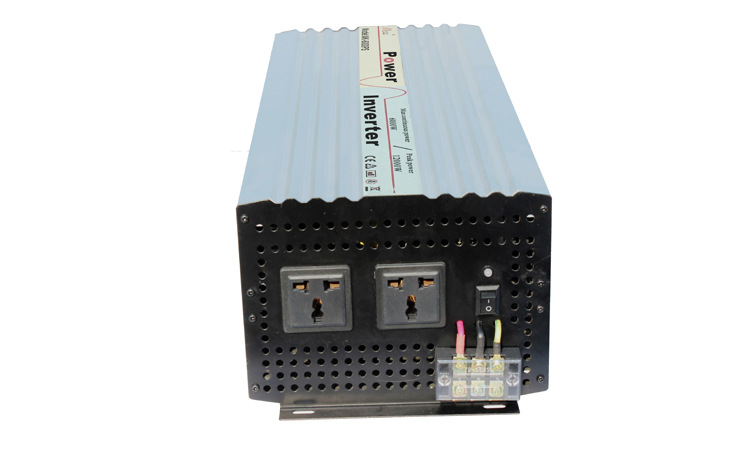
In the world of renewable energy, inverters play a crucial role in converting direct current (DC) electricity from sources like solar panels into alternating current (AC) electricity, which can be used by home appliances and fed into the grid. However, the term 'inverter' encompasses a variety of types, particularly photovoltaic (PV) inverters and energy storage inverters, leading many to wonder if they serve the same function. While both are essential components of renewable energy systems, they have distinct purposes and characteristics.
Photovoltaic inverters are specifically designed to optimize the power output from solar panels. There are several types of PV inverters, including string inverters, microinverters, and power optimizers. Their primary function is to convert the DC electricity generated by solar panels into AC electricity. Additionally, PV inverters often come equipped with functionalities like maximum power point tracking (MPPT), which ensures that the solar system operates at its highest efficiency, making them integral to a solar energy setup.
Energy storage inverters, on the other hand, are tailored for applications involving batteries. These inverters manage the flow of electricity to and from the battery storage system. When energy is generated — whether from solar panels or the grid — energy storage inverters help direct surplus energy to charge the batteries. Conversely, when energy is needed, they convert stored DC electricity back into AC electricity for home use. This two-way functionality is essential for maximizing energy use and ensuring that stored energy is efficiently utilized during peak demand or when solar generation is low.
While both types of inverters are crucial in the renewable energy landscape, their operational focus differs. PV inverters primarily aim to maximize solar energy production and convert that energy into usable AC power. Energy storage inverters, however, emphasize managing energy storage and discharge, ensuring that users can effectively leverage their battery systems alongside renewable sources. This difference is vital for homeowners who want to achieve energy independence and efficiency through solar and battery storage systems.
It is worth noting that as technologies evolve, some advanced inverters are starting to combine features of both PV and energy storage inverters. Hybrid inverters, for instance, can manage solar energy production alongside battery storage, providing a seamless solution for users looking to optimize both sources of energy. This integration signifies a promising future for energy independence, allowing users to harness renewable energy even when the sun isn't shining.
In conclusion, while photovoltaic inverters and energy storage inverters may share the common goal of managing electricity, they cater to different needs within a renewable energy system. Understanding their functionalities can help homeowners and businesses design more efficient energy solutions that make the most out of available renewable resources. As renewable energy continues to gain traction, mastering the distinctions between these inverters will pave the way for smarter energy choices.
Next:The Importance of Hybrid Inverters in Modern Energy Solutions
Previous:Understanding Industrial Energy Storage A Vital Component of Modern Energy Solutions